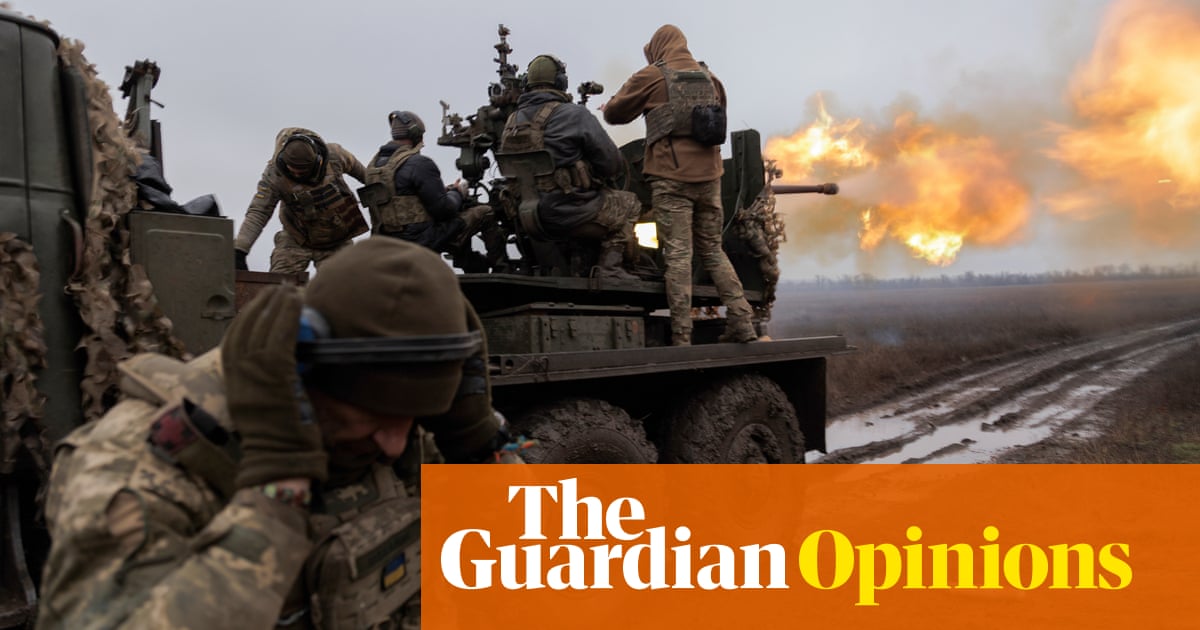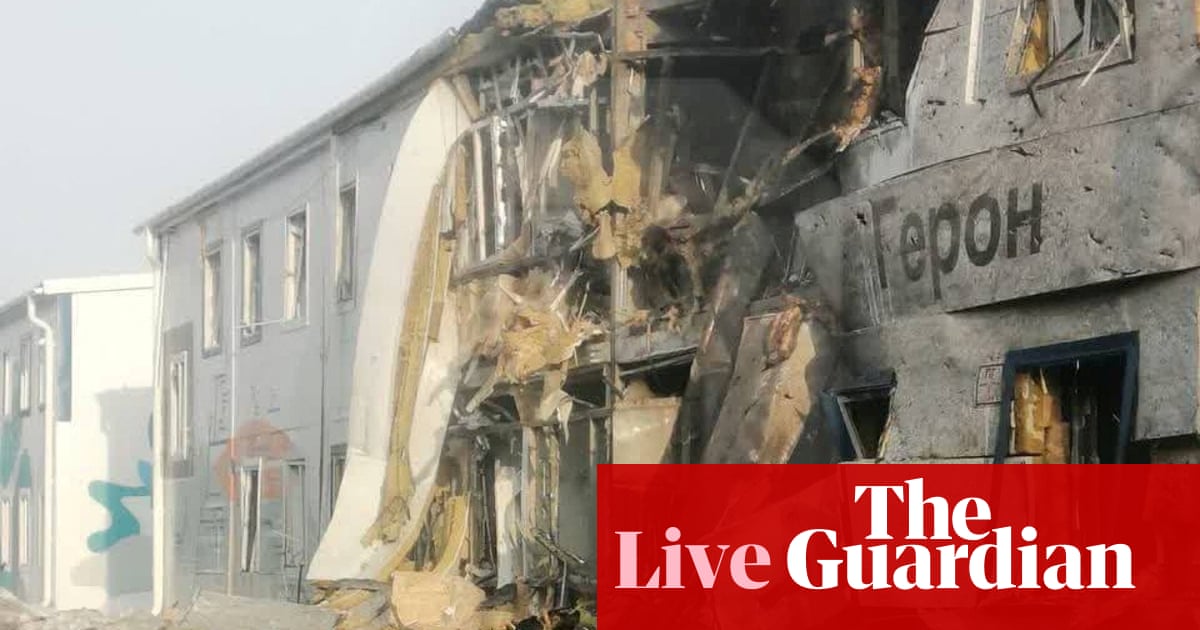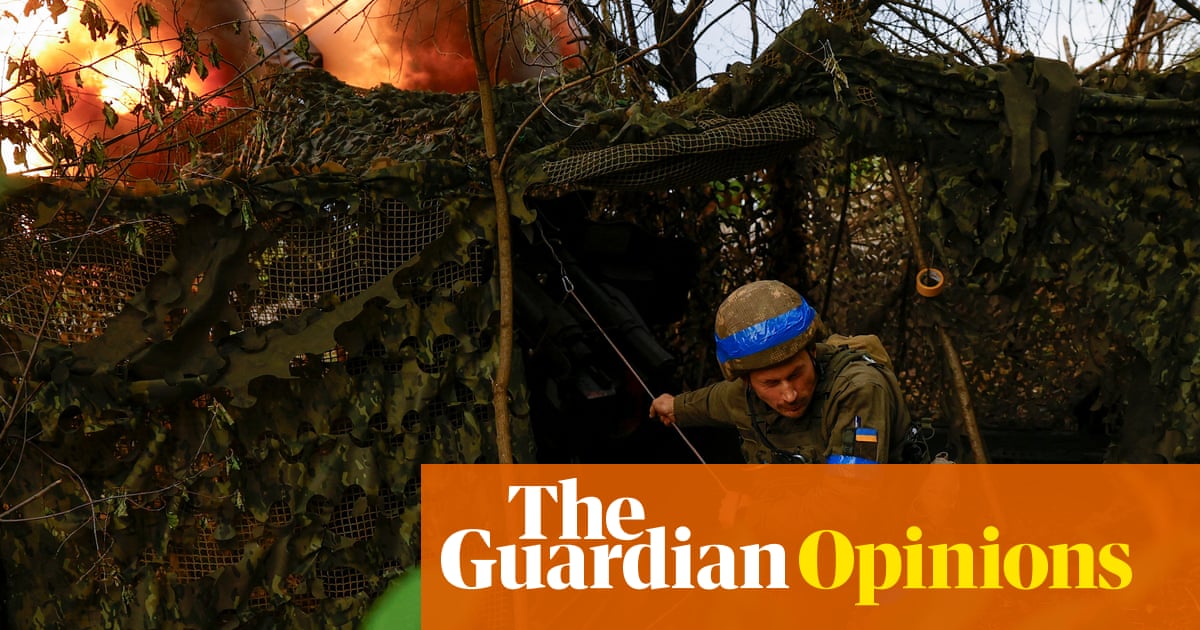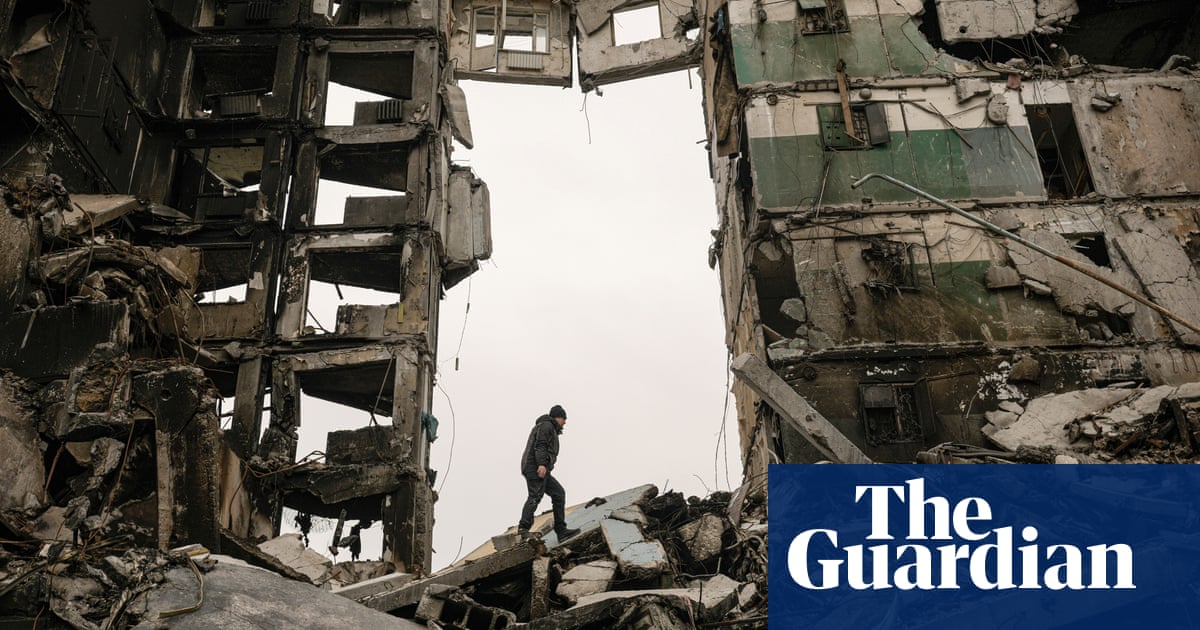
Here is one fact that sums up the gap between the promises that Kyiv’s European partners have made to Ukraine and the reality. In March 2023, the EU made the historic decision to deliver a million artillery shells to Ukraine within 12 months. But the number that has actually been sent is closer to 300,000. For all the rhetorical commitments to support Ukraine’s defence against Russia’s invasion “for as long as it takes”, Europe has largely failed.
The price of this complacency is already being paid in Ukrainian blood. According to the armed forces of Ukraine, over the summer of 2023, Ukraine was firing up to 7,000 artillery shells a day and managed to degrade Russia’s logistics and artillery to the point where Russia was firing about 5,000 rounds a day. Today, the Ukrainians are struggling to fire 2,000 rounds daily, while Russian artillery is reaching about 10,000. Artillery isn’t everything, but the disparity speaks to Ukraine’s relative shortage of materiel, evident in other areas such as the number of drones it can field.
Russia is likely to be able to fire about 5m rounds at Ukraine in 2024, based on its mobilised defence production, supply from Iran and North Korea, and remaining stocks. Despite the flippant observation – often made by European officials – that Russia’s economy is the same size as that of Italy, the Kremlin is producing more shells than all of Nato. Meanwhile, Ukraine is unlikely to see any significant increase in supply for some months. This will cede the initiative to the Russians. The Kremlin believes it can win by 2026, and so Putin is in no mood to negotiate or back down.
It does not have to be like this. Earlier this month, the Estonian Ministry of Defence published a white paper detailing the levels of military equipment required to make Ukraine’s defence sustainable and for it to pursue the liberation of the occupied territories by 2025. The Estonians costed the requirements, showing they were well within the bounds of possibility. The issue is not money, but competence in delivery. If the steps to implement these measures are not taken, Ukraine will lose.
Ensuring Russia’s defeat in Ukraine is feasible, but it requires some important steps. First, Ukraine will need a steady supply of weapons to be able to blunt Russian attacks over the first half of 2024. This will require plenty of US support, but also increasing supply from European Nato members, whose backing will be critical as the US election looms in November. Many of the munitions provided since the beginning of the war were purchased from the international market or drawn from stockpiles, and investment in European production has been slow. But as stocks run out, sustaining Ukraine’s war effort depends critically on increasing Europe’s manufacturing capacity.
Second, it is essential that Ukraine corrects the mistakes that led to its failed counteroffensive in 2023. Improving the training of its troops must be the top priority. During the second world war, British forces considered 22 weeks of infantry training the minimum before a soldier was ready to join a unit, where they would then carry out collective training as part of a battalion. Ukrainian troops are lucky to get five weeks of training, while collective training is rarely carried out above the scale of the company. European Nato must expand and extend the training support provided in order to give Ukrainian units a wider tactical repertoire, and more importantly expand the scale at which the army can command and synchronise operations.
Persistent inflation and economic shocks, like the disruption to global shipping from Houthi missile attacks in the Bab al-Mandab, mean that among European countries, making a long-term economic commitment to Ukraine will be a domestic political challenge. But that is to ignore its potential upsides. Investment in defence production, rather than relying on purchases from abroad, comes with significant levels of domestic industrial investment and with the potential for expenditure to be recovered through increased tax receipts.
There are good security reasons to invest in domestic production, too. A failure to do so now could leave European leaders needing to deter a fully mobilised Russia without stockpiles or the capacity to replenish them. Meanwhile, a simultaneous escalation in the Indo-Pacific in 2025 could cause the US to shift a range of critical military capabilities – aerial refuelling, logistics, air defences – to deter China, leaving Europe significantly exposed.
For Ukraine, the immediate future is one of several months of hard fighting without critical resources, while endeavouring to regenerate the combat power that was expended over 2023. But Europe can determine what the second half of 2024 and indeed 2025 will look like. This is a war that can be won. The recent successful strike on the Russian landing ship Novocherkassk in harbour, protected by layers of Russian defences, shows how Ukraine can make effective use of the equipment that it is supplied with. But European security must not be squandered by more complacency.
Jack Watling is a senior research fellow for land warfare at the Royal United Services Institute












